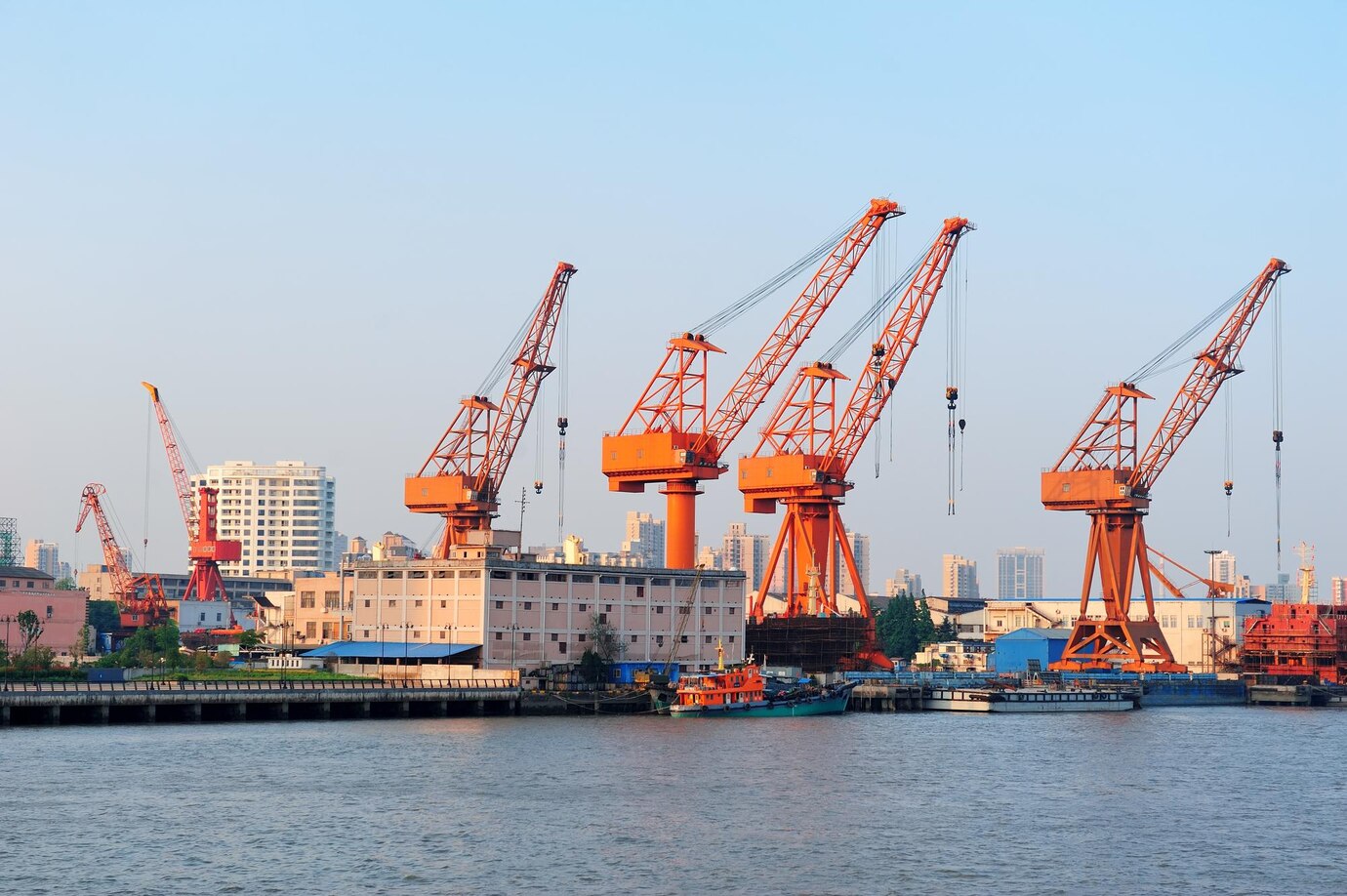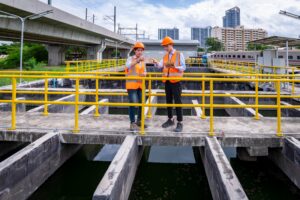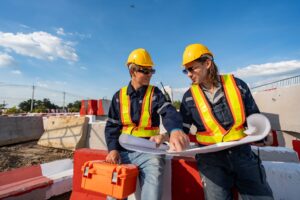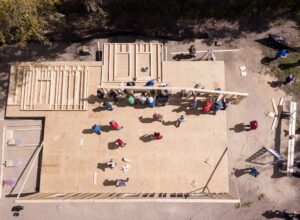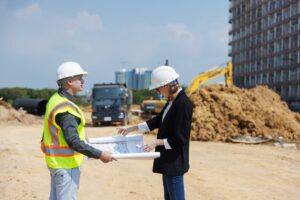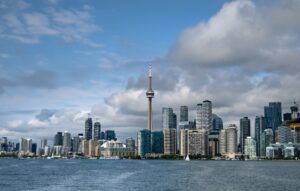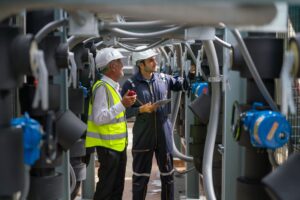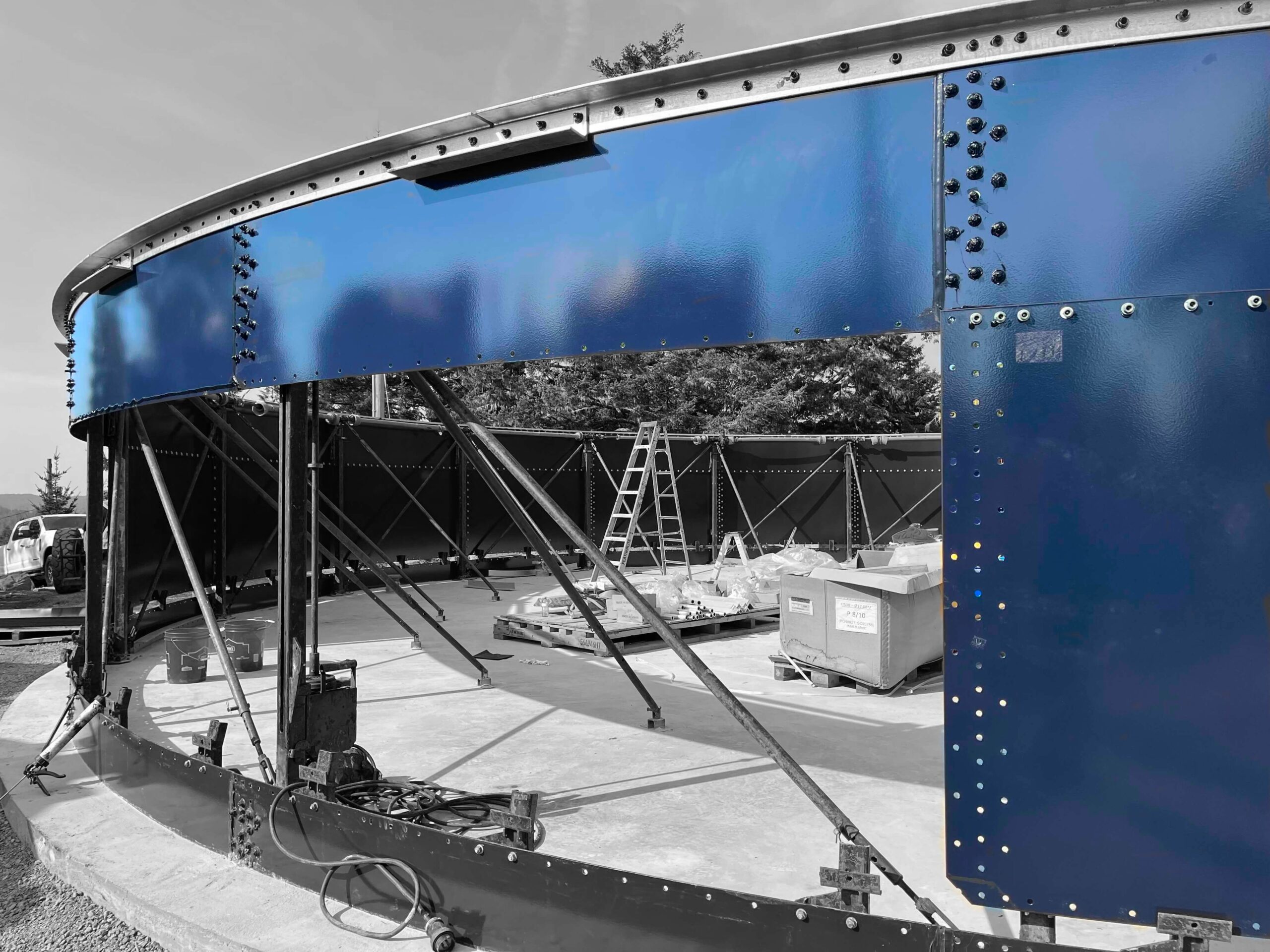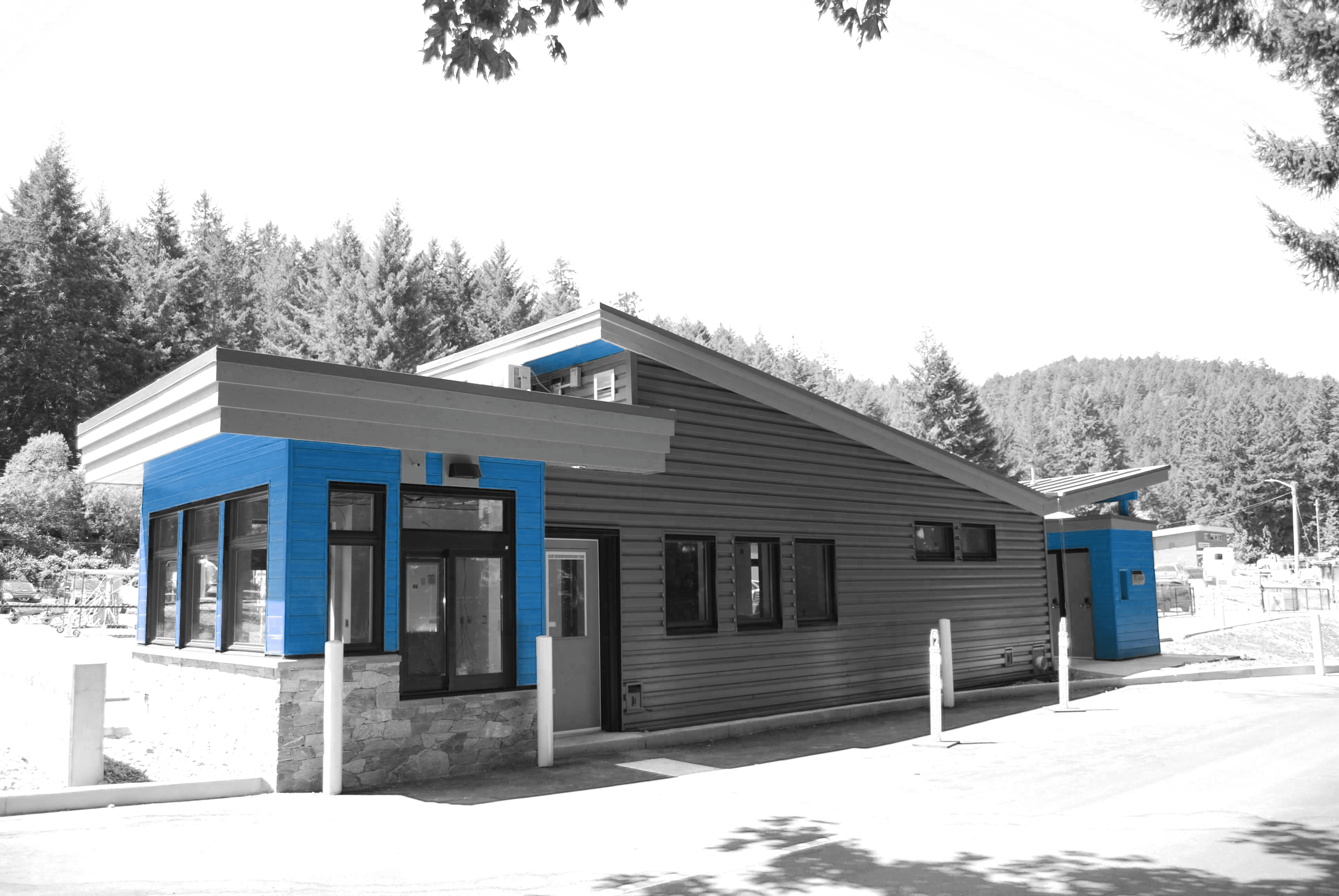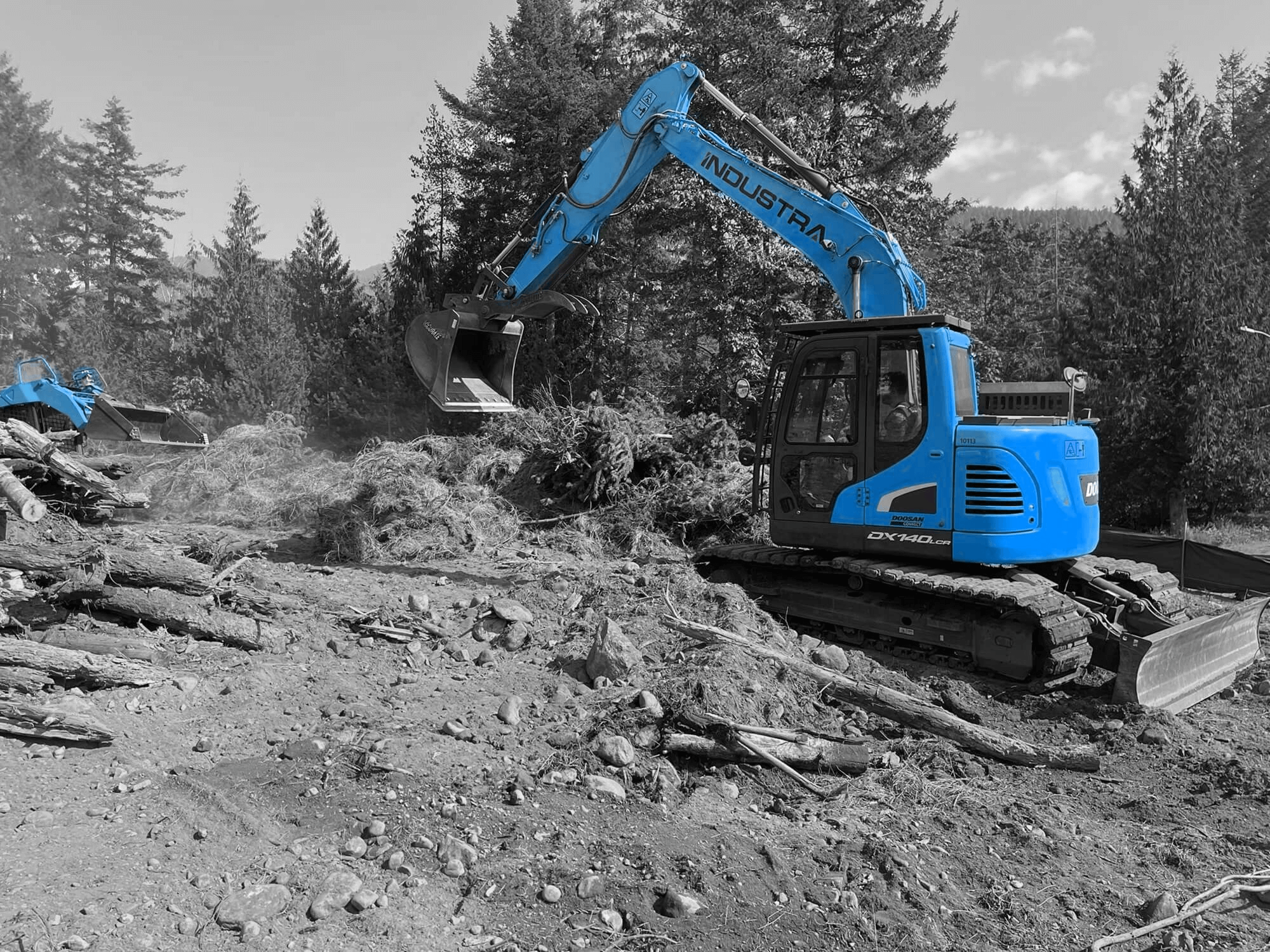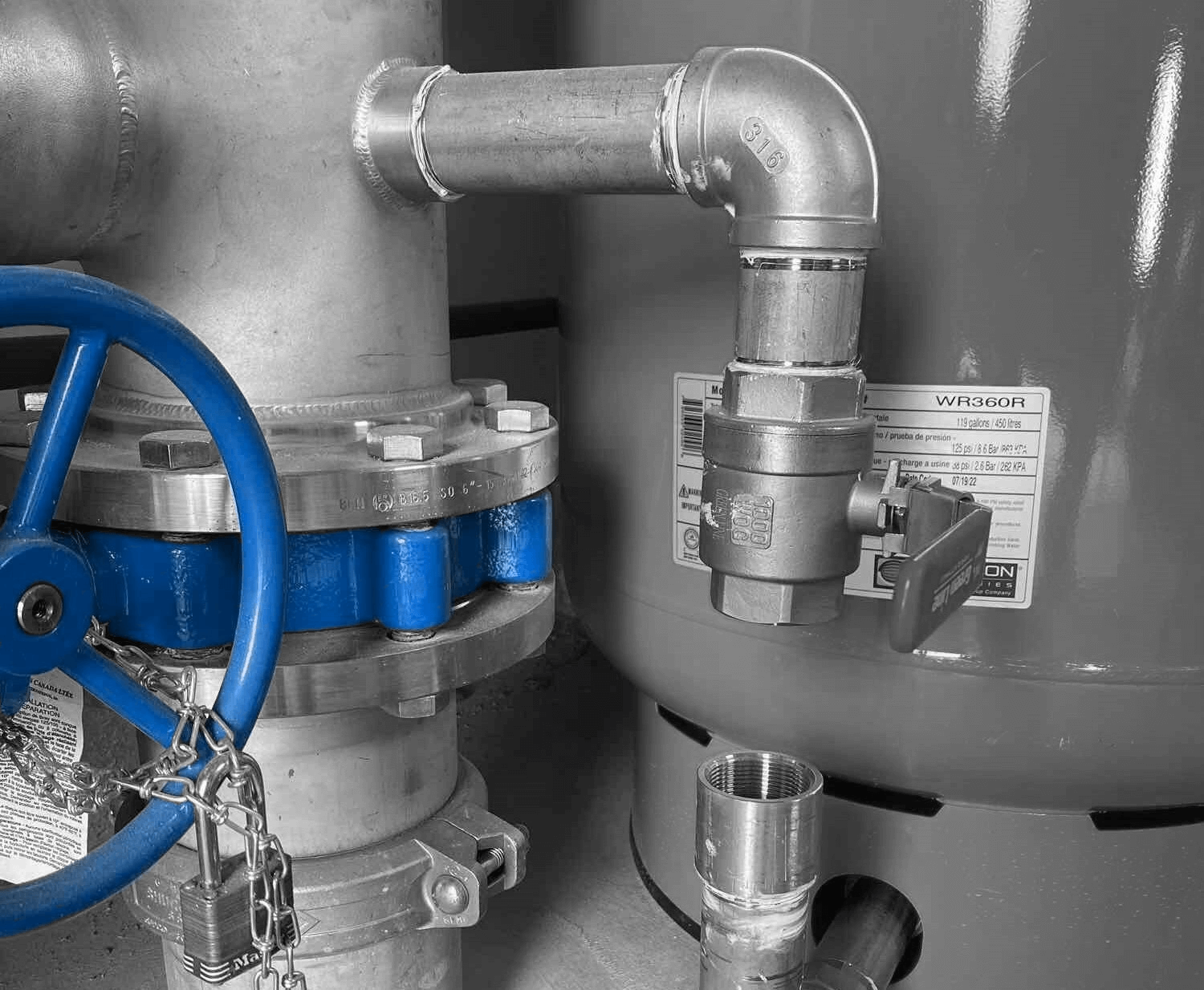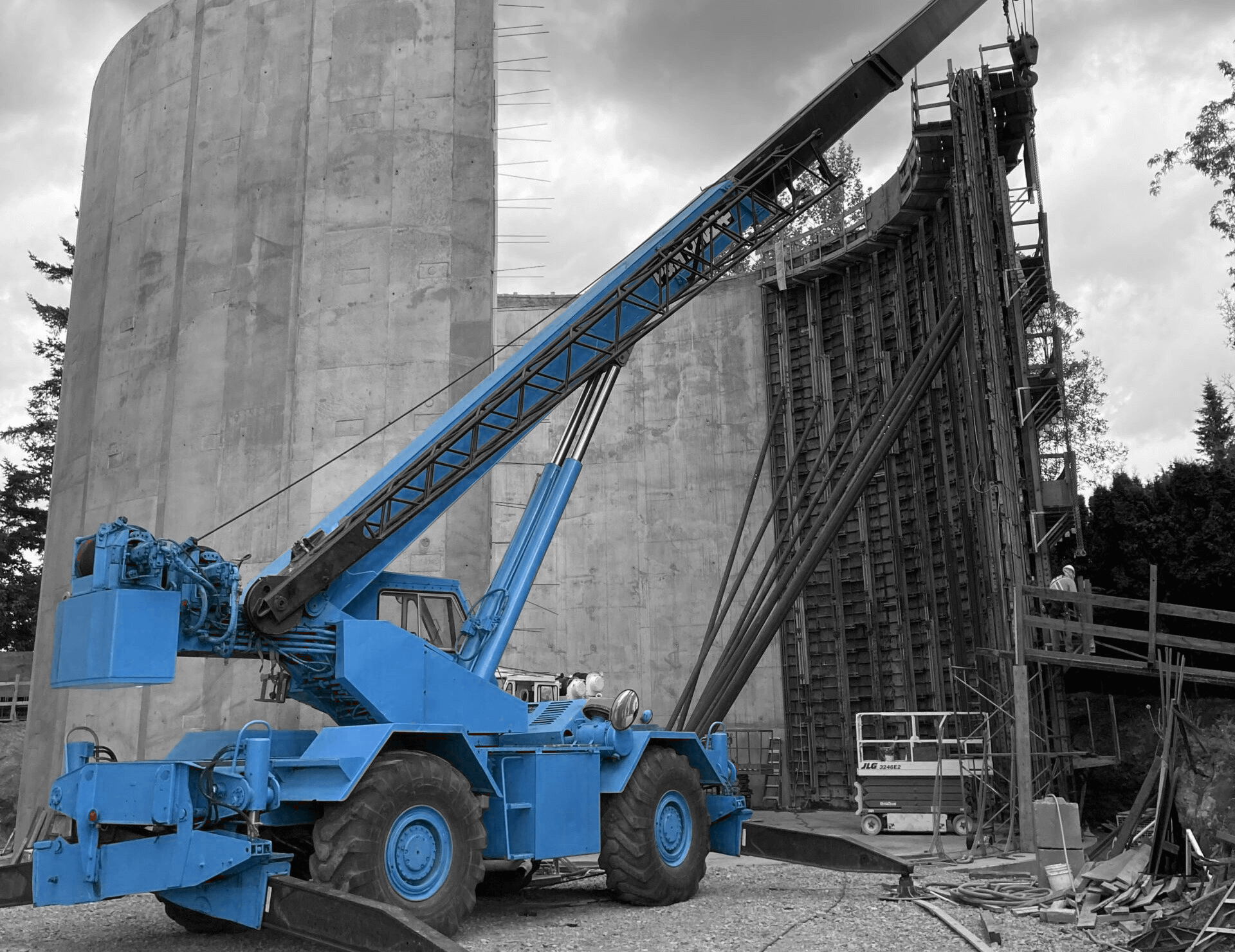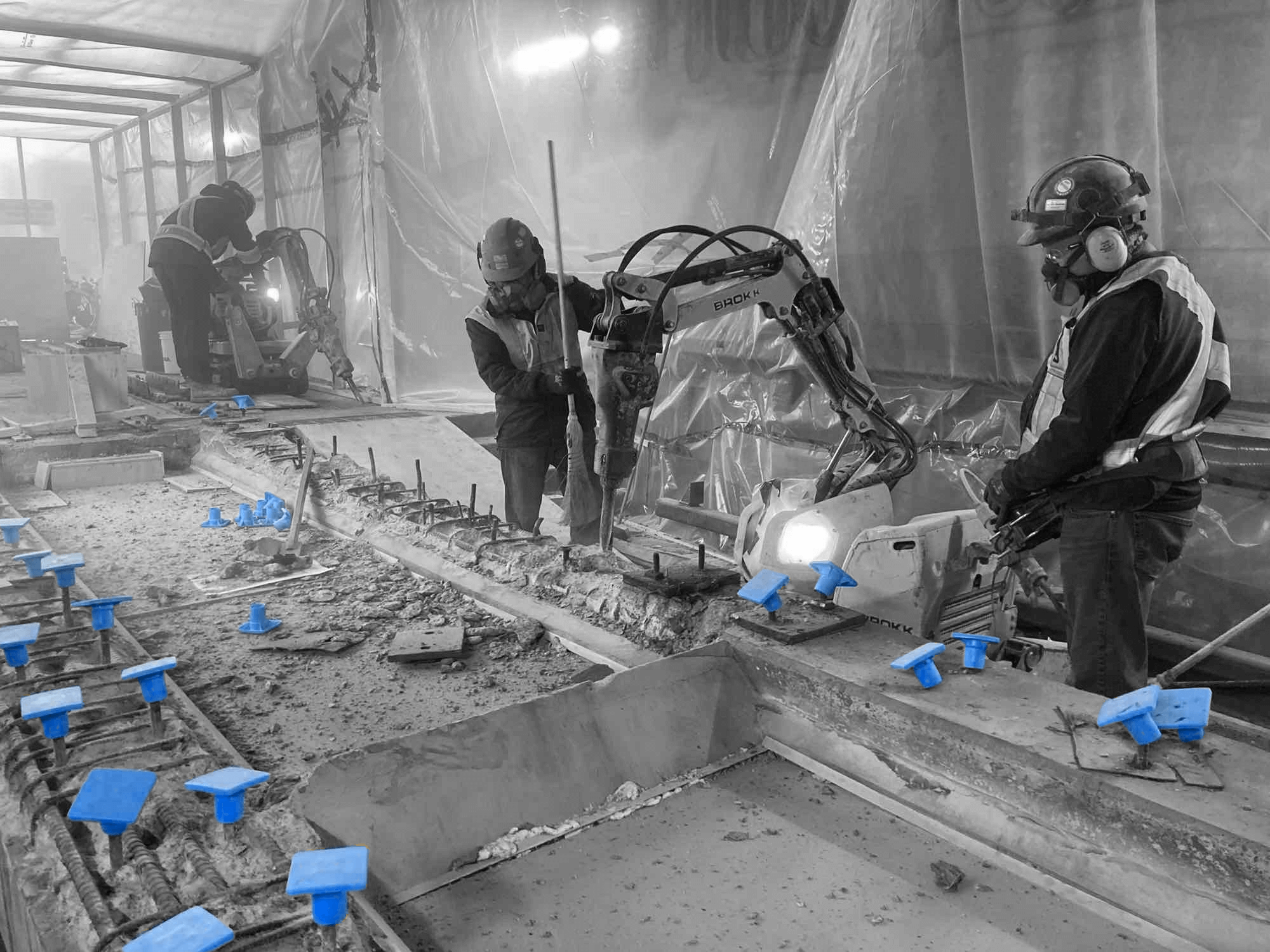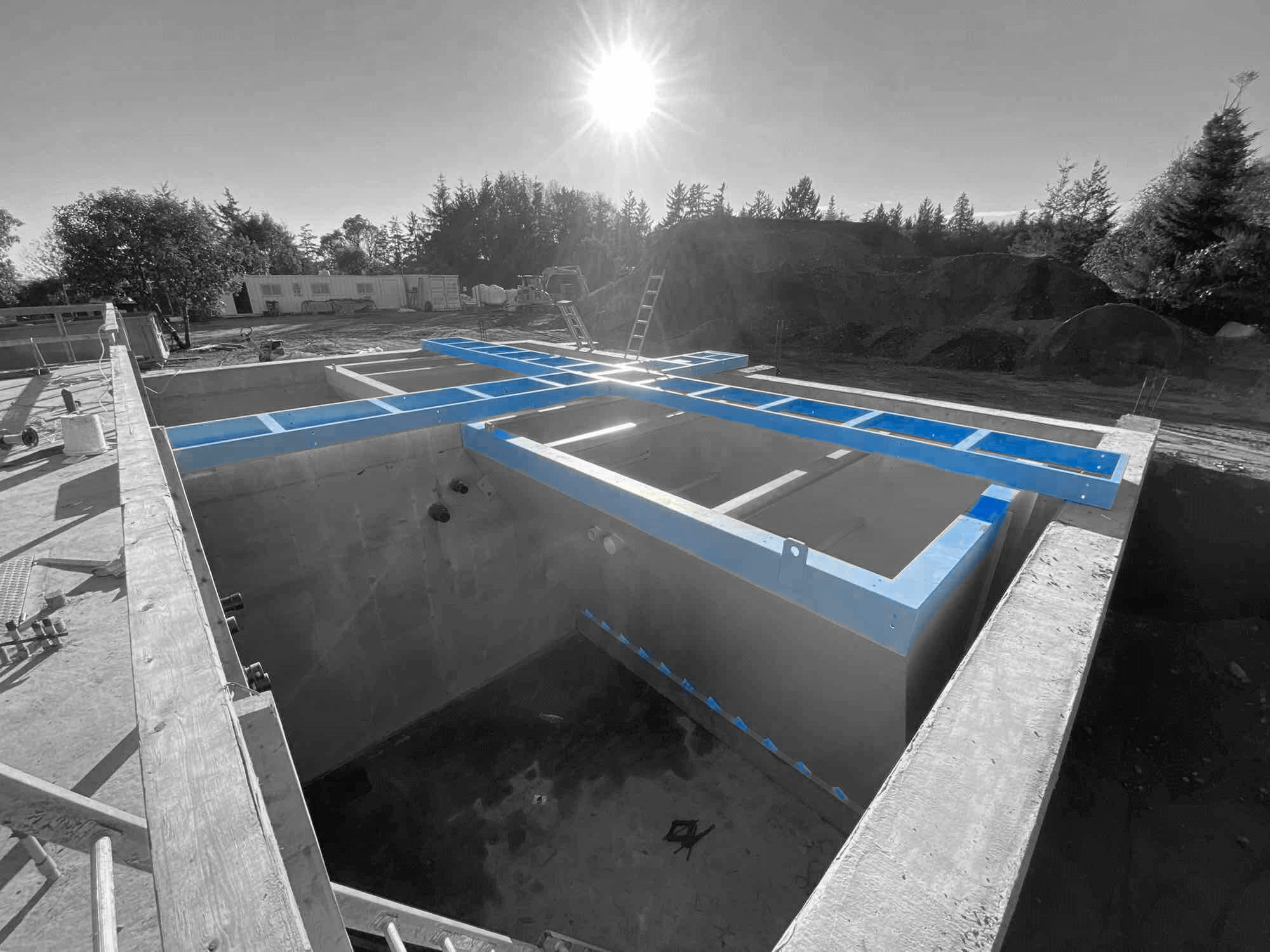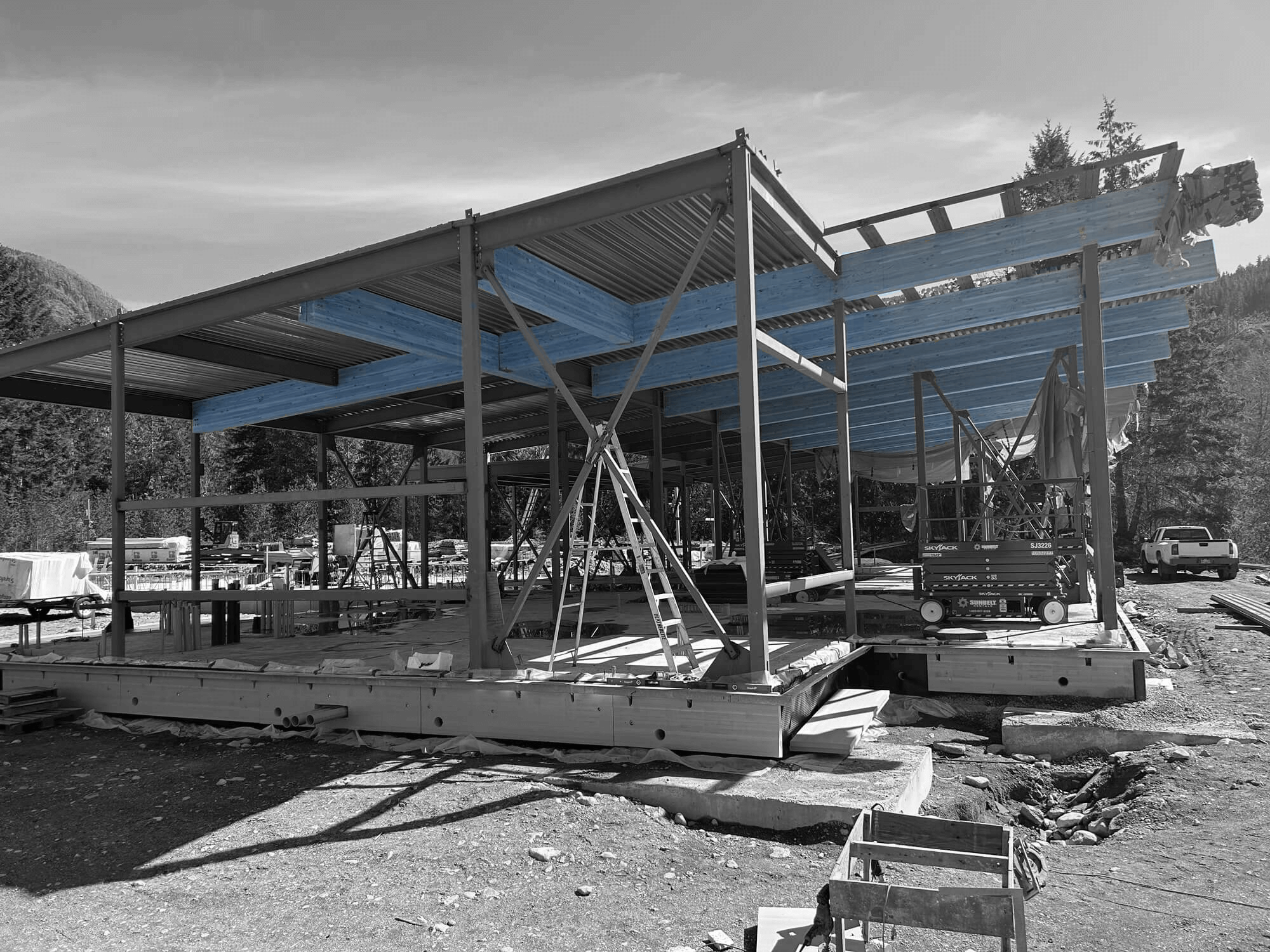Coastal civil construction comes with unique environmental considerations that require careful planning and execution. The proximity to water bodies means that construction activities can significantly impact delicate ecosystems, water quality, and local wildlife. To ensure we build responsibly, it’s imperative to assess and minimize these environmental impacts before, during, and after construction projects.
Environmental assessments are a critical first step in any coastal construction project. These detailed evaluations help us understand the potential impacts on the natural environment and enable us to make informed decisions. By conducting thorough site assessments and environmental impact studies, we can identify vulnerabilities and devise strategies to mitigate any adverse effects. This proactive approach is key to preserving the integrity of coastal ecosystems while still achieving our construction goals.
Regulatory compliance and community involvement are also crucial aspects of coastal civil construction. Adhering to environmental regulations ensures that our projects meet legal requirements and prevent potential fines or project delays. Engaging with local communities fosters transparency and builds trust, paving the way for successful project implementation.
Assessing Environmental Impact Before Coastal Construction
Site Assessments
Before we begin any coastal construction project, performing a thorough site assessment is crucial. This involves evaluating the physical characteristics of the location, such as soil composition, water levels, and existing vegetation. Understanding these elements allows us to anticipate potential challenges and design structures that can withstand the unique conditions of a coastal environment.
Site assessments also help us identify sensitive areas that need protection. This could include habitats for endangered species, critical nesting sites, or regions prone to erosion. By mapping out these areas, we can plan construction activities in a way that minimizes disruption. These assessments serve as the foundation for sustainable and responsible project planning, ensuring that we respect and preserve the natural environment.
Environmental Impact Studies
Environmental impact studies (EIS) go a step further by examining the broader implications of our construction activities. These studies assess how the project will affect air and water quality, wildlife populations, and local communities. They provide a comprehensive overview of both the short-term and long-term environmental effects, helping us make informed decisions.
Conducting an EIS involves a multi-disciplinary approach, where experts from various fields gather data and analyse potential outcomes. Their findings inform our mitigation strategies, allowing us to adjust our construction plans to reduce negative impacts. These studies are not just a regulatory requirement; they are a vital tool for ensuring that our projects are environmentally sound and socially responsible.
Sustainable Building Practices in Coastal Areas
Use of Eco-Friendly Materials
In coastal construction, using eco-friendly materials is a key sustainable practice. These materials are designed to have minimal environmental impact, both during their production and throughout their lifespan. Options include recycled steel, sustainably sourced timber, and low-impact concrete mixes. By choosing these materials, we reduce our ecological footprint and promote sustainability.
Additionally, eco-friendly materials often enhance the durability and resilience of the structures we build. For example, using treated wood that resists rot and decay can prolong the life of coastal structures exposed to moisture. Similarly, incorporating materials that withstand saltwater corrosion can reduce maintenance needs and extend the life of the project. Each choice we make contributes to a healthier environment and a more sustainable future.
Energy-Efficient Designs
Energy-efficient designs are essential for reducing the environmental impact of coastal construction projects. These designs focus on minimizing energy consumption through smart planning and the use of advanced technologies. Incorporating features like solar panels, wind turbines, and energy-efficient lighting can significantly reduce the energy demand of a new structure.
Moreover, energy-efficient designs often include passive solar heating, natural ventilation, and other green building techniques that lower energy use and costs. By optimizing building orientation, insulation, and windows, we can reduce the need for artificial heating and cooling. These strategies not only save energy but also make the building more comfortable and cost-effective for its users. In every project, incorporating energy-efficient designs is a step towards a more sustainable and environmentally friendly construction approach.
Mitigation Techniques for Coastal Erosion and Habitat Disruption
Shoreline Stabilization Methods
One major concern in coastal construction is shoreline erosion, which can lead to property damage and loss of habitat. Employing effective shoreline stabilization methods helps to mitigate these risks. Techniques such as building seawalls, revetments, and breakwaters can offer physical barriers against erosion caused by waves and tides. These structures absorb and deflect wave energy, protecting the shoreline from direct impact.
In addition to hard structures, softer solutions like beach nourishment and vegetation planting are also effective. Adding sand to eroded beaches or planting salt-tolerant vegetation like grasses and shrubs helps to stabilize the soil. These natural barriers not only reduce erosion but also provide habitats for wildlife, contributing to biodiversity.
Habitat Restoration Projects
Coastal construction often disrupts local ecosystems, which can have far-reaching consequences for wildlife. Habitat restoration projects can help mitigate these impacts. These projects aim to recreate natural habitats that were disturbed or destroyed during construction. For example, replanting mangroves or seagrass beds restores critical environments for fish and other marine life.
Restoration efforts can also include creating artificial reefs or wetlands to replace lost habitats. These projects often involve collaboration with environmental experts and local communities to ensure that restoration is effective and sustainable. Implementing these strategies shows a commitment to preserving the natural environment, even as we develop new infrastructure.
Regulatory Compliance and Community Involvement
Adhering to Environmental Regulations
Compliance with environmental regulations is non-negotiable in coastal construction. These regulations are designed to protect natural resources and ensure sustainable development. Adhering to them involves securing the necessary permits and conducting frequent inspections to ensure ongoing compliance. Regulations may cover areas like water quality, wildlife protection, and waste management.
Non-compliance can result in severe penalties, including fines and project halts. Therefore, staying updated on local, provincial, and federal regulations is essential. By following these rules, we not only avoid legal issues but also demonstrate a commitment to responsible construction practices.
Engaging with Local Communities
Successful coastal construction projects often involve close collaboration with local communities. Engaging with the community helps build trust and ensures that projects meet the needs and expectations of those most affected. This can involve public meetings, where project plans are discussed and feedback is gathered, or partnerships with local organizations for community monitoring and support.
Involving the community also helps in identifying and addressing any concerns they may have. It fosters a sense of ownership and participation, making it easier to implement projects smoothly. Transparent communication and active engagement are vital for the long-term success of any construction project in coastal areas.
Conclusion
Coastal civil construction comes with a multitude of environmental considerations that require careful management. From conducting thorough environmental impact assessments to employing sustainable building practices, every step of the process must be approached with an eye towards minimizing ecological disruption. Effective shoreline stabilization methods and habitat restoration projects further help in maintaining the natural balance.
Adhering to environmental regulations ensures legal compliance and promotes sustainable construction. Engaging with local communities fosters trust and collaboration, paving the way for successful project completion. Each strategy plays a critical role in ensuring that coastal construction projects are not just feasible but also environmentally responsible.
By incorporating these practices, we at Industra Construction Corp. aim to set a standard for sustainable and responsible coastal construction. If you are planning a coastal project and want to ensure it respects and preserves the environment, reach out to us at Industra Construction Corp for our construction management services. We are committed to building a sustainable future, one project at a time.


